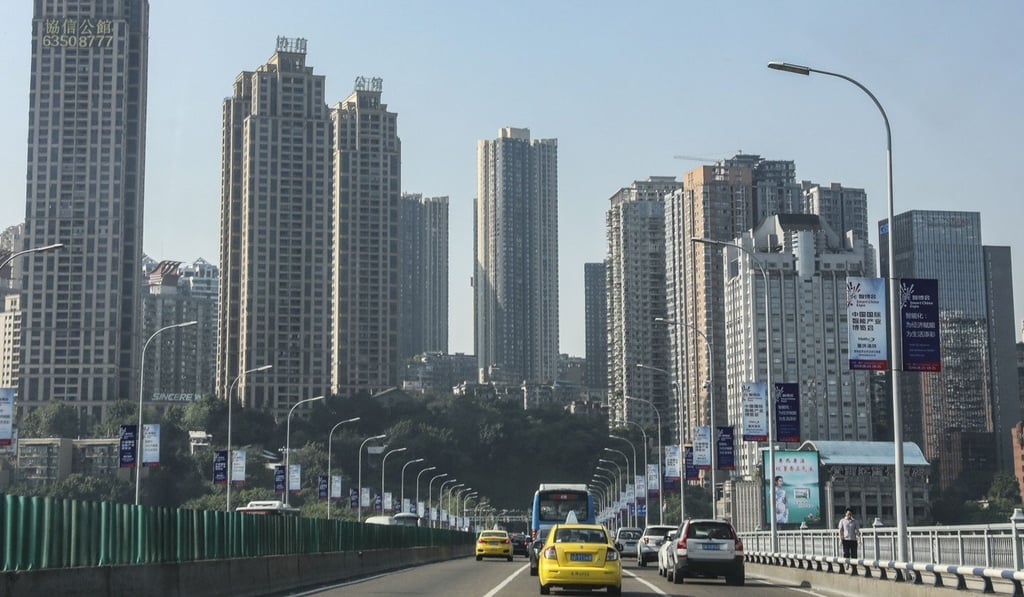In China industrial heartland city of Chongqing, a painful economic transition is on full display
- Chongqing is hooked on expensive government infrastructure projects
- The city’s dominant car sector is weakening, raising fears for the wider private economy

As night begins to fall, crowds gather near the top of Hongya Cave, a group of stilted buildings overlooking the Yangtze and Jialing rivers, both of which pass through the city of Chongqing in the west of China.
They take jammed lifts down to the ground floor and walk across the street, holding up their mobile phones to capture the architecture, glittering at night, before posting on the popular short video mobile app, TikTok.
TikTok helped turn the mountainous city of 30 million residents into an internet sensation last year, inspiring the municipal government to turn to tourism to support an economy that is slowing rapidly after a decade of breakneck growth.
But tourists aren’t spending enough money to stave off the economic headwinds facing this megacity, the population of which is spread over an area the size of Austria.
“On consumption per capita, we are still behind other popular tourism destinations,” said Yang Yimin, who runs a local travel company, and who is hoping to capitalise on the tourism boom.

Chongqing was among the poster children for China’s spectacular economic boom. It posted double-digit percentile growth for more than a decade, until it fell below 10 per cent in 2017.
